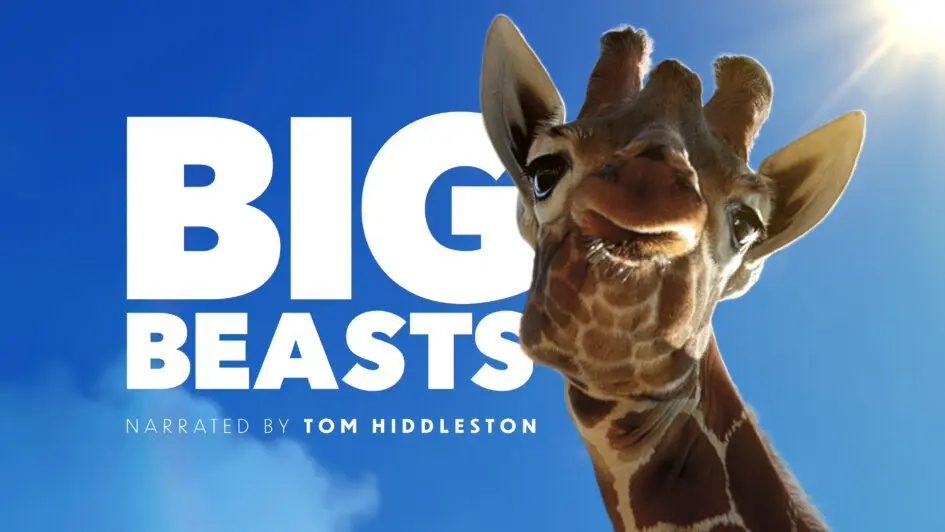Per Matt
Back in the day, long before the World Wide Web changed life as we currently know it, nature documentaries premiered with limited IMAX screenings year-round, but especially on Earth Day. I remember regularly getting excited to watch the latest Disneynature release on the big screen and always getting amazed by the stories provided by mother nature.
Now, it’s a whole new world and with a brand-new millennium brings a brand-new format. But instead of appearing at movie theaters, Earth Day 2023 welcomes a new documentary film via Apple TV+ with Big Beasts!
Earth Day 2023 has evolved into an annual small-screen release with a big-screen attitude… but this one has a variety of larger-than-life personalities. As mentioned in the show’s introduction, these giant animals are living legends, and this new limited series attempts to experience the world from their perspective.
Big Beasts highlights some of the world’s most massive species filmed across 17 countries. Each episode tends to explore a different part of the world, and with each change of location brings differing apex predators into the spotlight. Episode 1 includes the parenting bond of “The Grey Whale,” where a dangerous underwater migration trip of 5,000-plus miles includes traveling with a newborn on an empty stomach, where starvation is a great risk. On the subantarctic island of South Georgia, intimidation techniques rule the bull elephant seal’s mating procedures in Episode 2, so you’d better take notice before it’s too late.
Premiering next week, “The Giant Otter” follows the longest member of the weasel family in Pantanal, along with local jaguar and capybara, all attempting to coexist throughout tough terrain. Later this season will examine the creatures of the Congo (especially Makumba the gorilla) and at the half-way point, one of the season’s highlights was watching the hippos, elephants and lions.
After watching half of the season’s 10 episodes, a format trend has emerged: It’s not easy being huge. Sometimes the episode’s stories intersect, but most of the time they don’t. Naturally, big beasts require fabulous feasts.
I like how each episode is roughly 29 minutes long, where the story is lean with no filler, although I do enjoy brief moments of pure environmental sound with not much happening but the animal in focus, doing what comes naturally (there’s never enough of those moments). And there’s something about nature documentaries that always seems to attract British actors — Tom Hiddleston narrates here.
Watching the elephants and the whales were probably the most exciting for me, and nothing’s more awkward (or funny) than watching a swimming anteater splash around. The supersized sea life was a big draw, highlighting sea monsters in the making.
Two new episodes premiere each week until Friday, May 19th, so there’s no true reason to only tune in on Earth Day. I’ve always been a big fan of nature documentaries and can’t wait to see the upcoming episodes featuring “The Tiger” and “The Polar Bear.” Apple TV+ seems to have nurtured this nature doc well. I really hope everyone gives it a chance. It’s that good.
